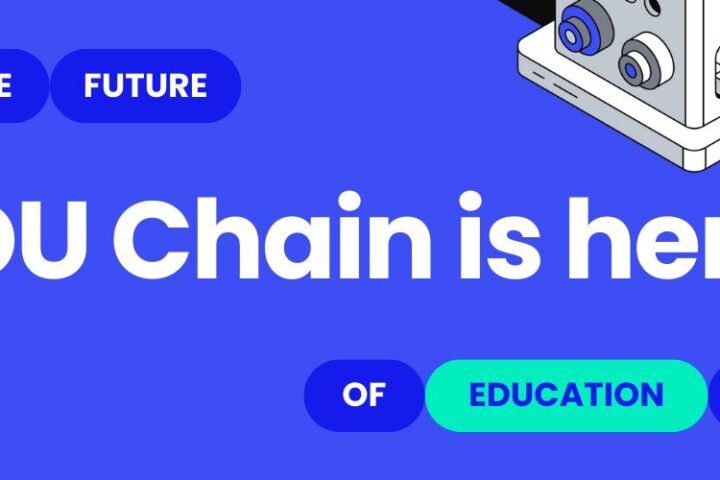Key Takeaways:
- The OASIS framework, originally developed by the UK Government Communications Service, provides a structured approach to campaign planning.
- The five components of the OASIS framework are Objectives, Audience Insight, Strategy/Idea, Implementation, and Scoring/Evaluation.
- Objectives should be SMART (Specific, Measurable, Attainable, Relevant, Time-bound) and focused on outcomes rather than outputs.
- Audience insight is crucial for understanding the target audience and identifying barriers to change.
- Strategy/Idea involves developing a compelling narrative and planning the channels and partners to reach the audience effectively.
- Implementation requires a clear plan, resource allocation, and involvement of influencers and partners.
- Scoring/Evaluation involves monitoring and evaluating outcomes against key objectives to measure the campaign’s effectiveness.
- The OASIS framework can be applied not only in government communications but also in marketing and communications in private companies and universities.
Introduction
Effective communication campaigns are essential for governments, businesses, and organizations to convey their messages, influence attitudes, and drive desired outcomes. In the fast-paced and ever-evolving landscape of communications, having a structured approach to campaign planning is crucial. The OASIS framework, developed by the UK Government Communications Service, offers a comprehensive guide to planning and executing successful campaigns. This article will delve into the intricacies of the OASIS framework, exploring each component and providing insights into its application in various sectors.
Understanding the OASIS Framework
The OASIS framework was created with the aim of bringing clarity and order to communications campaign planning. It provides a structured approach that ensures campaigns are effective, efficient, and measurable. While originally designed for government communications, the framework has found utility in marketing and communications initiatives across industries.
The OASIS framework views a campaign as a planned sequence of communications and interactions that utilize a compelling narrative over time to achieve a defined and measurable outcome. This perspective emphasizes the importance of considering the broader context and objectives of communication activities.
The Five Components of the OASIS Framework
- Objectives (O): Objectives define the desired outcomes of a campaign. They should be specific, measurable, attainable, relevant, and time-bound (SMART). Objectives within government communications typically focus on changing behaviors, ensuring operational effectiveness, managing reputation, and explaining policies and programs. By setting clear objectives, communication professionals can align their activities with policy aims and evaluate the impact of their efforts.
- Audience Insight (A): Understanding the target audience is crucial for designing effective campaigns. Audience insight involves analyzing who the campaign is aimed at and whether their attitudes and behaviors need to be changed to achieve the desired outcomes. By utilizing research and data, either through commissioned studies or publicly available information, communication professionals can gain valuable insights into their audience. Accessibility and inclusion should also be considered at the planning stage to ensure campaigns reach a diverse audience.
- Strategy/Idea (S): The strategy/idea component involves developing a plan to achieve the campaign objectives. It includes formulating the campaign narrative, determining the appropriate channels and activities, and identifying potential partners and influencers. Mapping the audience’s journey and tailoring communications to different stages of the journey enhances the campaign’s effectiveness. Testing or piloting the approach can help assess its impact before full implementation.
- Implementation (I): Implementation entails executing the campaign plan, allocating resources, and establishing delivery timelines. Collaboration with influencers and partners can amplify the campaign’s impact. Low-cost approaches, such as partnerships and public relations, are often favored, particularly in government communications. A clear and detailed plan ensures efficient execution and maximizes the campaign’s reach and effectiveness.
- Scoring/Evaluation (S): Monitoring and evaluation are vital components of any campaign. The scoring/evaluation stage involves continuously assessing outputs, outtakes, and outcomes during the campaign and conducting a comprehensive evaluation upon completion. Objectives and scoring are closely linked, with outcomes measured against key objectives and their associated metrics. This evaluation process provides valuable insights for future campaigns and allows for adjustments based on new results or insights.
Applications of the OASIS Framework
The OASIS framework, initially developed for government communications, has found relevance and applicability in various sectors beyond the public sector. Marketing and communications professionals in private companies and universities have adopted the framework to plan and execute their campaigns more effectively.
Government Communications: In the realm of government communications, the OASIS framework serves as a guide for achieving policy objectives and ensuring effective communication with the public. It enables government communicators to deliver messages that drive behavioral change, enhance operational effectiveness, manage reputation, and explain policies and programs.
Marketing Communications: Private companies leverage the OASIS framework to develop and execute marketing campaigns that engage customers, build brand awareness, and drive desired consumer behaviors. The framework helps marketers define clear objectives, understand their target audience, create compelling narratives, select appropriate channels, allocate resources, and evaluate campaign effectiveness.
Academic Communications: Universities and educational institutions employ the OASIS framework to promote programs, initiatives, and research findings. By applying the framework, academic communicators can develop strategic campaigns to engage prospective students, faculty, alumni, and the wider community. The OASIS framework facilitates the alignment of communication objectives with the mission and vision of the institution.
Conclusion
Effective campaign planning is essential for achieving desired outcomes in government communications, marketing, and other sectors. The OASIS framework provides a structured approach to campaign management, encompassing five key components: Objectives, Audience Insight, Strategy/Idea, Implementation, and Scoring/Evaluation. By following this framework, communication professionals can develop targeted and impactful campaigns that deliver measurable results. The OASIS framework’s versatility has made it a valuable tool not only in government communications but also in marketing and communications initiatives across various industries. Embracing the OASIS framework empowers organizations to unleash the full potential of their communication efforts and drive meaningful change.
Sign up to our newsletter & get the most important monthly insights from around the world.
Ready to Amplify Your Brand with Business Today?
Discover the power of sponsored articles and partnerships to reach decision-makers, professionals, and a dynamic audience. Learn more about our advertising opportunities and connect with us today!
Click here to explore our Promotion & Sponsored Articles page.
Are you looking to make an impact? Contact us at [email protected] to get started!







